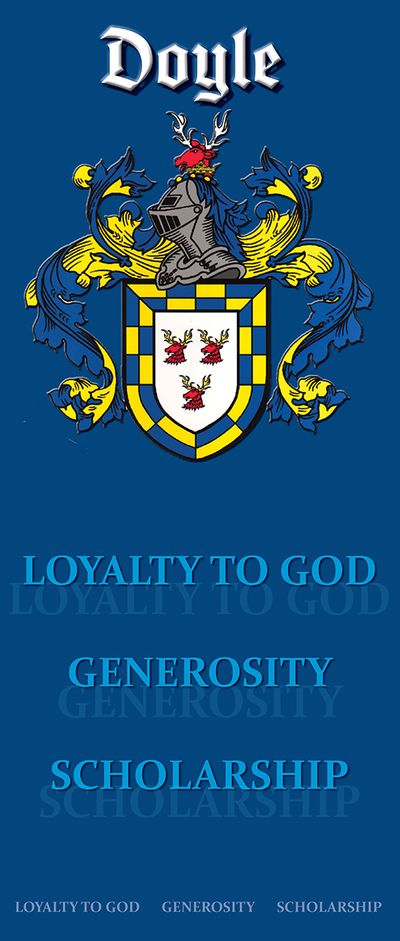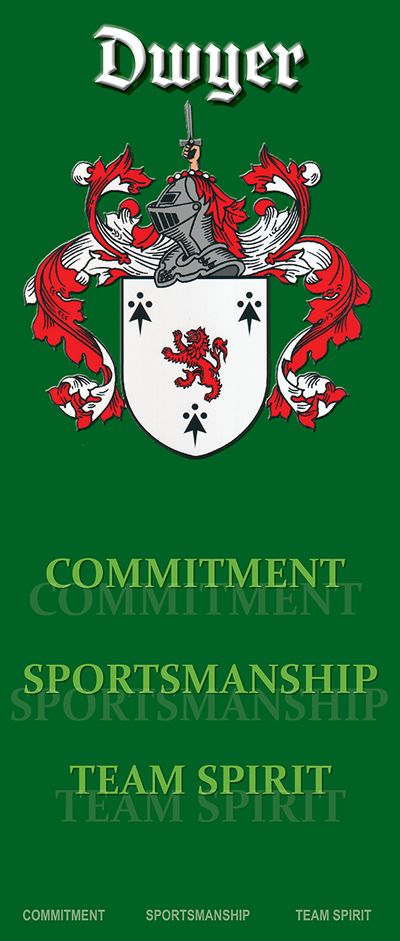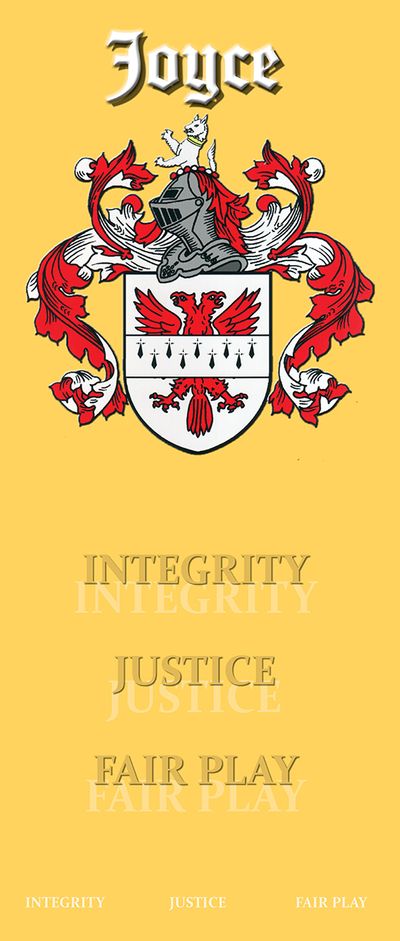History of St Virgil's College

At the invitation of the Archbishop of Hobart, St Virgil’s College was founded by the Christian Brothers in 1911 at Barrack Street as a boarding school for the boys of Tasmania and as a day school for Hobart boys.
The College, when founded, overlooked the centre of Hobart. It was formally opened on January 22 1911.
On January 28, 1911, the first boarder, Master Phillip O'Reilly, of Geeveston, arrived. He was greeted by the first day-boy, Master Leo Doyle, the father of the previous Archbishop of Hobart, the Most Reverend Adrian Doyle.
In 1962, a junior secondary campus was opened at Austins Ferry and with it the gradual transition of secondary classes from the Barrack Street campus.
In 1970, the boarding section of the College was closed, and since that time St Virgil’s has been a day school only.
In 1996, St Virgil's College and St Peter's School, amalgamated to be called St Virgil's College.
From 2024 St Virgil's College will offer specialist Catholic education for boys from Kindergarten to Year 12. This offering will expand in coming years with the delivery of Year 2 and Year 12 next year.
The Junior School is located in Patrick Street, Hobart and is located on the former St Peter's School site in central Hobart, next to St Mary's Cathedral.

The Senior School campus is located at the senior school campus at Austins Ferry, an expansive 70 acre property set on the banks of the majestic River Derwent.





